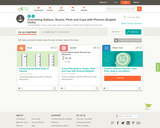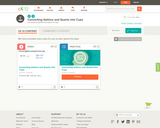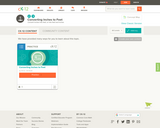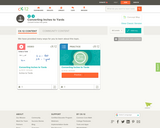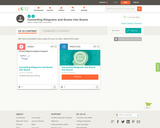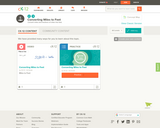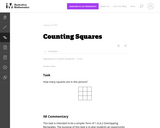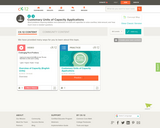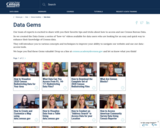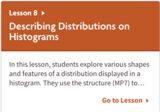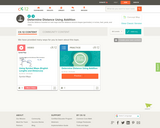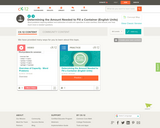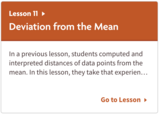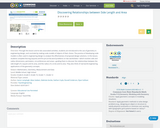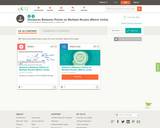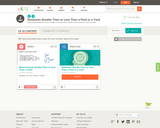Unit: Area and Surface Area
Lesson 19: Designing a Tent
In this culminating lesson, students use what they learned in this unit to design a tent and determine how much fabric is needed for the tent. The task prompts students to model a situation with the mathematics they know, make assumptions, and plan a path to solve a problem (MP4). It also allows students to choose tools strategically (MP5) and to make a logical argument to support their reasoning (MP3).
The lesson has two parts. In the first part, students learn about the task, gather information, and begin designing. The introduction is important to ensure all students understand the context. Then, after answering some preparatory questions in groups and as a class, students work individually to design and draw their tents. They use their knowledge of area and surface area to calculate and justify an estimate of the amount of fabric needed for their design.
The second part involves reflection and discussion of students’ work. Students explain their work to a partner or small group, discuss and compare their designs, and consider the impact of design decisions on the surface areas of their tents.
Depending on instructional choices made, this lesson could take one or more class meetings. The time estimates are intentionally left blank, as the time needed will vary based on instructional decisions made. It may depend on:
whether students use the provided information about tents and sleeping bags or research this information.
whether the Tent Design Planning Sheet is provided or students organize their work with more autonomy.
expectations around drafting, revising, and the final product.
how student work is ultimately shared with the class (not at all, informally, or with formal presentations).
Note: Students will need to bring in a personal collection of 10–50 small objects ahead of time for the first lesson of the next unit. Examples include rocks, seashells, trading cards, or coins.



